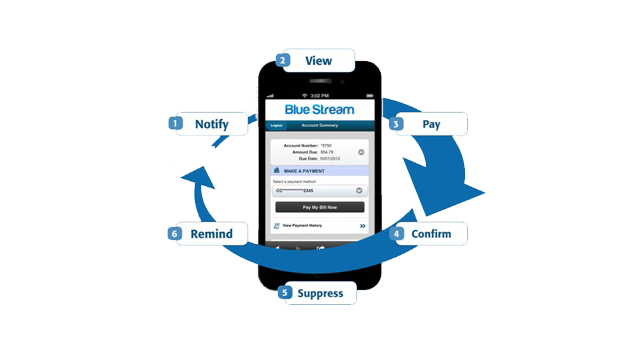
Our relationship with technology has changed and this is directly reflected in purchasing behavior. E-commerce handled, for example, R$ 41.3 billion last year, according to the 33rd Edition of Webshoppers. The much talked about consumer journey has been transformed. Today there are several points of contact with the customer. The concept of omnichannel gained momentum, because the public does not care about the means of purchase. The most important thing is the experience he has with the brand and more and more personalization is a differentiator.
Today, there are different generations in the labor market with purchasing power and each of them has a different expectation in relation to the means of payment. Customization must also exist for this aspect. THE mobile banking, for example, is a strong trend. The Brazilian Federation of Banks points out that bank transactions via cell phone or tablet grew 138% in 2015. The total of operations reached 11.2 billion, a number that, to have an idea, in 2014 was 4.7 billion.
Transactions via mobile devices are a great business opportunity. But, at the same time, this scenario opens loopholes for new attempts at coups and invasions. The trend is that, over time, criminals will learn more about new systems and exploit their vulnerabilities to a greater extent. We are in an initial phase of fraud in mobile payment channels, but it is likely that in two or three years this type of violation will become more common, with the development of malware specific to the mobile environment.
To reduce risks, financial institutions, technology providers and other players have used layered security. Including for frauds focused on mobile channels, which already happen in the United States, where it is possible to identify scams with the cards of mobile devices. Fraudsters carry information from stolen credit cards on legitimate devices, allowing them to make fraudulent purchases until the bank or retailers detect the scam.
It is worth remembering that part of the risks of mobile fraud is the same observed in the online banking and e-commerce environment, such as identity theft and account acquisition. In these cases, intrusions can be minimized if users improve their behavior in relation to electronic transactions.
The connected world has made large-scale accessibility possible, and while this factor is positive from many perspectives, it also contributes to the invasion of private information. It is also up to each one of us to be more zealous with the data made available virtually to avoid loopholes for possible fraud and invasions.












